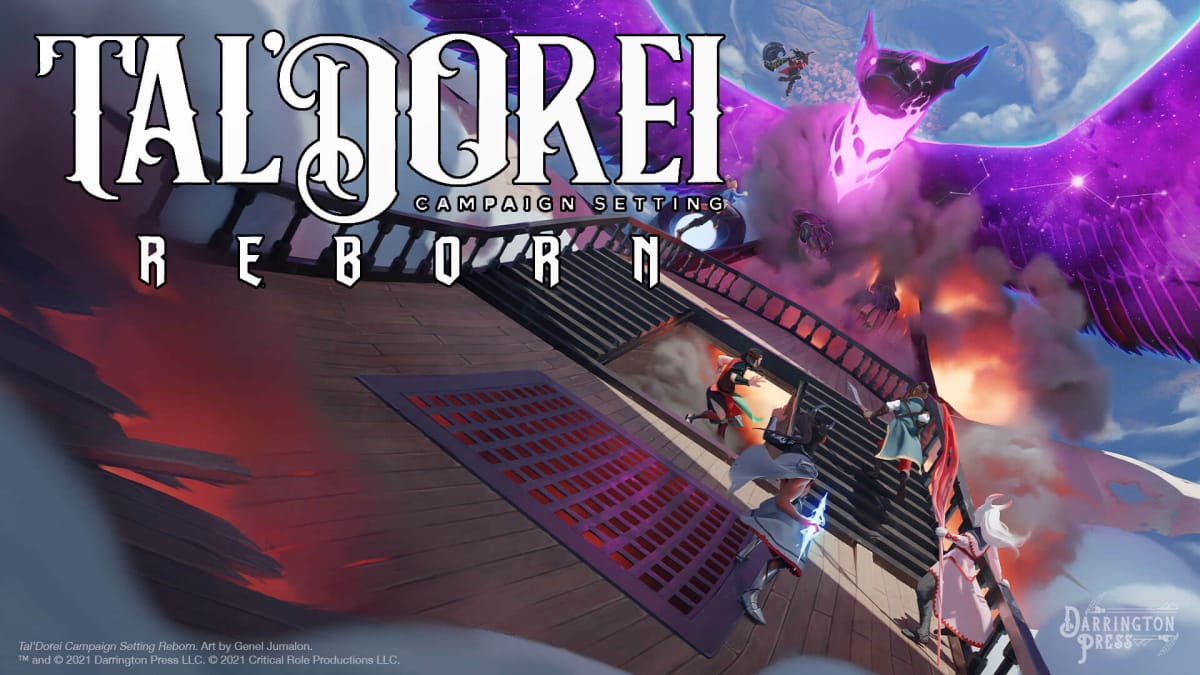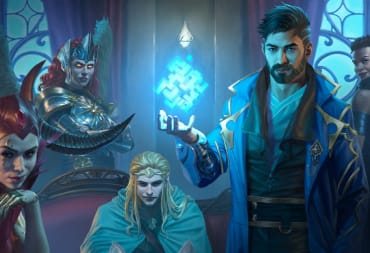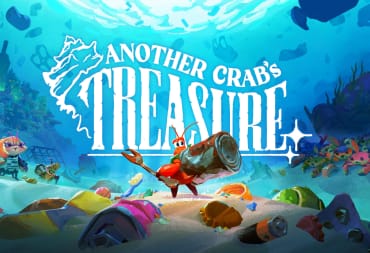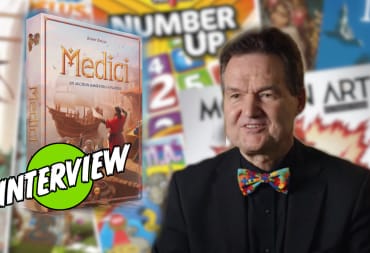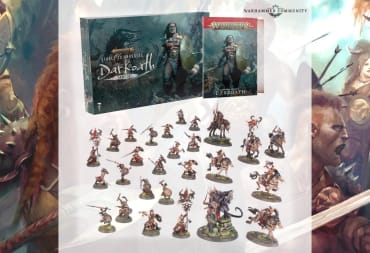Today the expanded Tal'Dorei Campaign Setting: Reborn is available for Critical Role fans to start getting set up for their own adventures through Tal'Dorei. Inside this 250 page tome, there's a plethora of deep information on the cities of Tal'Dorei, the history of the continent, and plenty of information on the denizens.
If you're not planning on running a Tal'Dorei campaign though these might not be of much interest to you, so instead we'll be pointing out what you as a DM might be interested in learning and taking away for your own home games.
1. What do alignments really mean in Tal'Dorei Campaign Setting: Reborn?
Alignments are a really fantastic tool to have for new players, for certain mechanics in the game, and for helping figure out who your character is as a person. Depending on whether you pick an alignment, and then build your character off that, or if you have an idea for a character and pick the alignment that falls in like those two little words might not mean too much to you. If you're a new player not really sure of what character you want to be knowing that they're True Neutral, Chaotic Evil or Neutral Good might not really mean anything to you. It's difficult to build a three-dimensional character off two words…
At the beginning of Chapter 2, there's a series of tables listing the Prime Deities, Betrayer Gods, and even the Lesser Idols. Each table lists the Deity, Alignment, and Province. Below each table is more information on these Deities including the Commandments of the Deity. By combining the information of the Alignment with the Commandments it can help turn those two words into a much sounder set of ideals for your character to be based on whether they're from Exandria or not.
For example, a character who is Chaotic Good could use the information for the Arch Heart or the Moonweaver. The commandments for these two are as follows:
- Arch Heart
- Create, inspire, and find beauty in all that you do.
- Follow the echoes of lost magic, forgotten sites, and ancient art, for within these lie the Arch Heart's first works.
- Combat the followers of the Spider Queen wherever they may be.
- The Moonweaver
- Seize your own destiny and pursue your own passions
- Let the shadows protect you from the burning light
- Walk unbridled and untethered, forging new memories and experiences
There's already so much more personality to use in just those three bullet points. Obviously information like investigating "the Arch Hearth's first works" would need to be reworked, but the followers of the Spider Queen can just be reverse-engineered as Chaotic Evil by looking at her table. Presenting these commandments can help a player who's having difficulty finding their center as a character have a better structure to build upon.
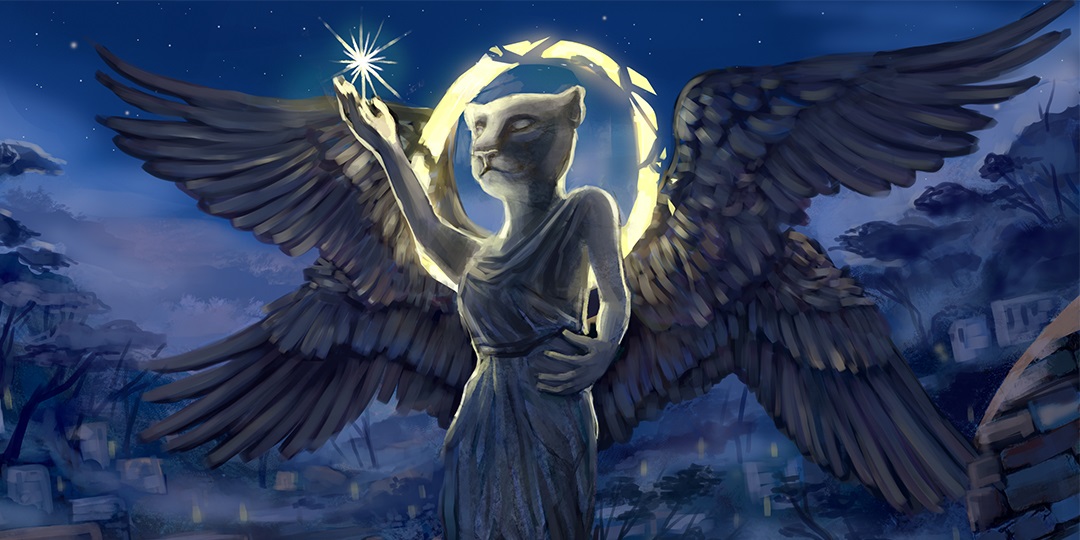
2. You spot a symbol from across the room…
A better understanding of Alignment isn't the only thing that this section of the book suggests. With every Deity or organization presented to the player throughout this book you're also given a visual representation of that group. The Lord of Hells has a dark crown with rams horns, the Matron of Ravens is represented by a blank mask surrounded by a raven's wings, the symbol of the Claret Orders is a knife pointing down coming out of a crimson teardrop.
Assigning characters with allegiances a symbol, or marking their enemies with a different factions emblem can be a very clear, or a subtle way of giving players clues to story progression. If your party is wearing an emblem that the people of the last associate with heroes they might be stopped in their travels and asked for assistance, it could be used as a token of membership to get into secret meetings, it could be an unknown part of one party members backstory that they need to reveal in a time of need. Maybe a character with a high enough perception roll happens to notice a tattoo of a spider just under a random NPCs collar and is able to warn the party before the tattooed man lunges with a poisoned dagger. Having a symbol is a clear way to demonstrate an alliance without having an NPC tell the player, it works in the same way as a uniform, but can be present on secret documents too.
There are plenty of ways symbols could be used in your games and all of the ones present in this book are ripe for plucking or use for inspiration of your own.
3. Session Zero is not only for the beginning of the game
This isn't the first time I've brought up Session Zero and its importance and this will likely not be the last. At the beginning of the chapter on Character Options, there's a small subsection on Session Zero, why it's important to the players at the Critical Role table, and what kinds of questions you should be asking your players.
A lot of the questions are similar to those you'll find in Tasha's Cauldron of Everything and cover topics like Soft Limits and Hard Limits, what balance of adventure, combat, and exploration do you want, and what type of adventure do you want to experience together.
A very important additional paragraph in here is to check in with one another after each game. Discuss what went well, what didn't go well, if any limits have changed or if some of your initial answers have changed. This can be done with the whole group, or with just the DM if you're not as comfortable. This will help continue to tailor the game to what the group wants so that it can be enjoyable for everyone.
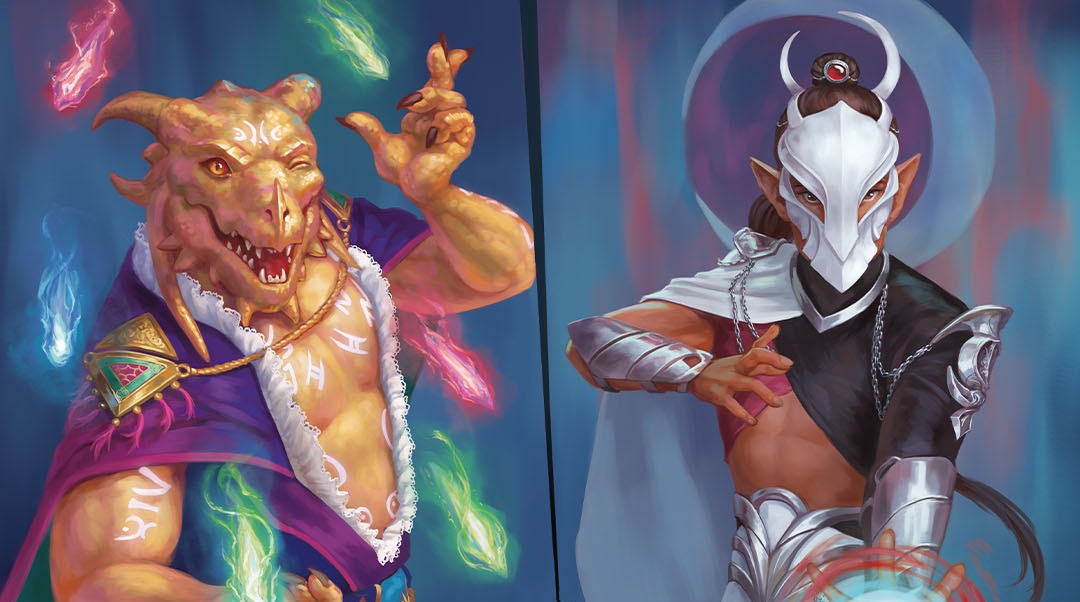
4. Drug usage in Tal'Dorei Campaign Setting: Reborn
The worlds we experience in Dungeons & Dragons are filled with magic, unique and interesting races, and history so unlike our own. It's not that farfetched to think that there would also be some kind of amazing and terrifying drugs circulating the streets.
Deep in the middle of Chapter 3 as the book is detailing the city of Shadebarrow is an information box that takes up practically the whole page. Within this box the drugs Oloore Root, Zeal, and Suude are detailed. Oloore Root can be drunk as tea and has a chance of allowing the drinker to have horrific visions or be able to experience the effects of the spell Scrying, even without magical ability. Depending on the color of the Suude when you smoke it you could experience a variety of effects. Brown Suude allows you to use the Extended Spell metamagic option, or Red Suude lets you use Distant Spell. Suude is mentally degenerative and is extremely addictive though.
Magical drugs could be made or included in your game that when taken correctly and handled well could give a character an ability they didn't have before, but you could also weigh up a variety of negative options. It doesn't even have to be the player characters that suffer the effects either as they could meet a Lord who is terribly in debt due to his Suude addiction driving forward the plot.
Going back to Session Zero conversations though conversations about needles, addiction, and drug use should be something all members at your table are willing to participate in, even in a roleplay setting.
5. Upgradeable magical items in Tal'Dorei Campaign Setting: Reborn
While not entirely new to Tal'Dorei Campaign Setting: Reborn the ideas of Magical Items that upgrade with your players is a fascinating idea. The last published Magic Item that grows in power is Fizban's Treasury of Dragon's Horde Items. These require the Magical Item to rest in a dragon's horde or be present when a dragon has been slain.
By comparison, the Vestiges of Divergence specifically grow and react to the development of the character. The Vestiges can be Dorment, Awakened, and then Exalted but we could also take the idea a step further allowing for Magical Items with branched evolutions. A Wizard focus that develops new features based on the type of magic they use could alter a wand or orb into one with a fire motif that increases the save required for a fireball spell. These evolutions reward the player with wanting to grow their character and always seeking "betterment". They can also help the player feel like their character stands out in a world full of other wizards.
6. Optional Campaign Rules in Tal'Dorei Campaign Setting: Reborn
The Optional Campaign Rules is a very interesting section as it's very literally some suggestions for homebrew to add to your game to enhance it. The Optional Campaign Rules aren't anything big like a new race or new rules for spellcasting but most are ways to slightly alter the preset rules to not get in the way of, or even enhance the story.
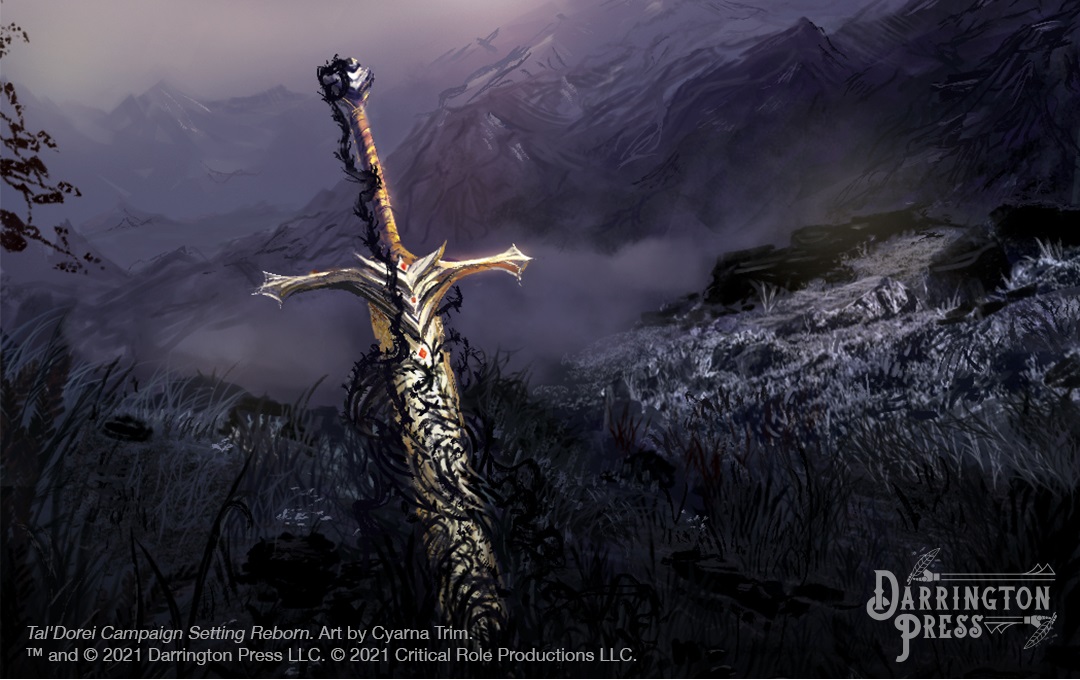
The first of the Optional Campaign Rules are ways to introduce a limited use rest that's even shorter than a short rest. These accelerated rests might only take 10 minutes, but can only be done once per long rest. Another alternative is a rest that takes 5 minutes, only regains half of what you rolled on your hit dice, and hits the players with a level of exhaustion. The true benefit here is what it would mean for characters who require short rests to recharge their abilities when short rests just aren't too common an occurrence.
This section also includes ways for death to still be impactful, even when the party reaches a stage where they have enough power and resources for death to be a mere inconvenience.
What do you think of these DM tips? Are you interested in exploring any of these options further for your own game? Are there any aspects introduced in the Tal'Dorei Campaign Setting: Reborn that you think deserve to be on this list?
Have a tip, or want to point out something we missed? Leave a Comment or e-mail us at tips@techraptor.net
